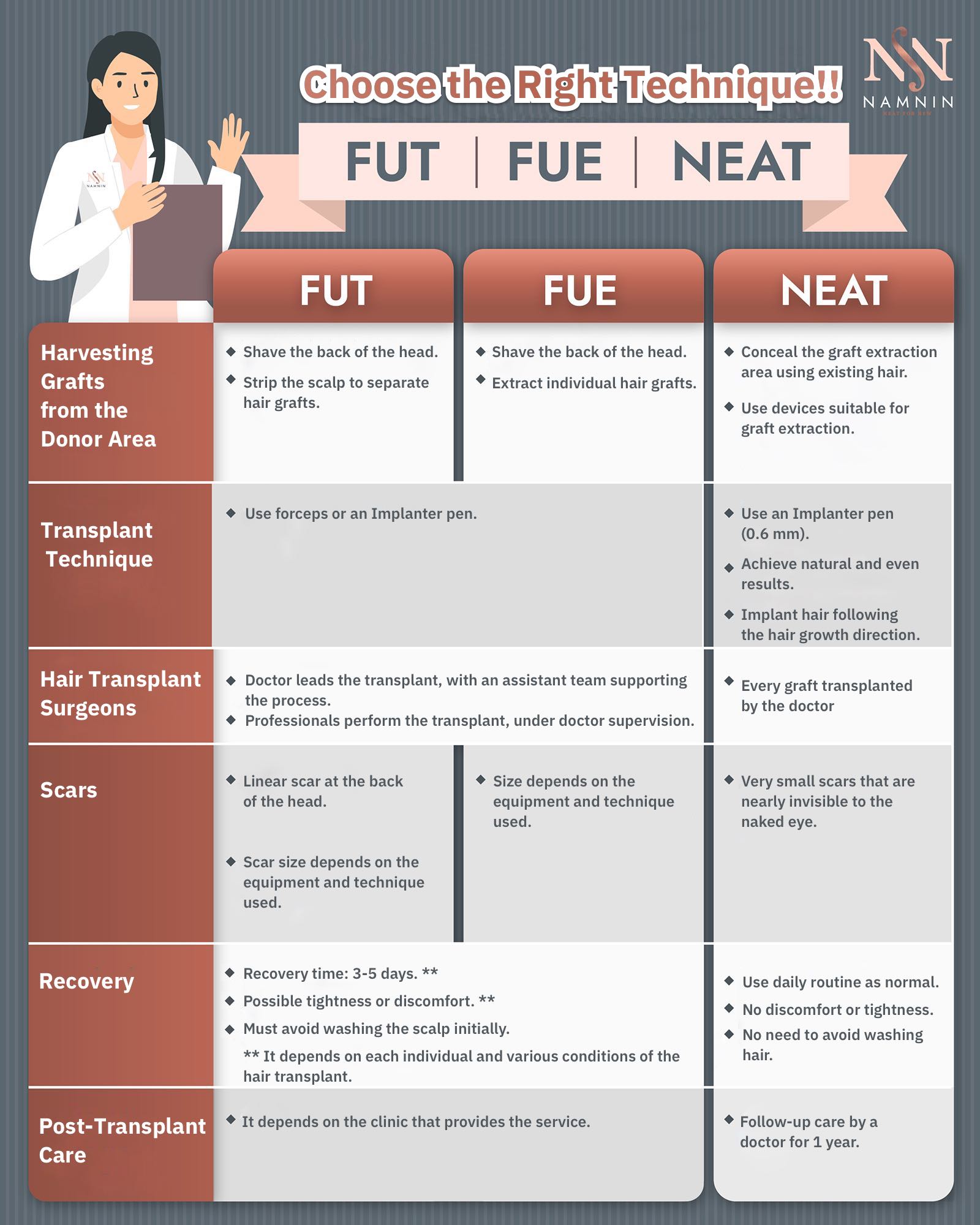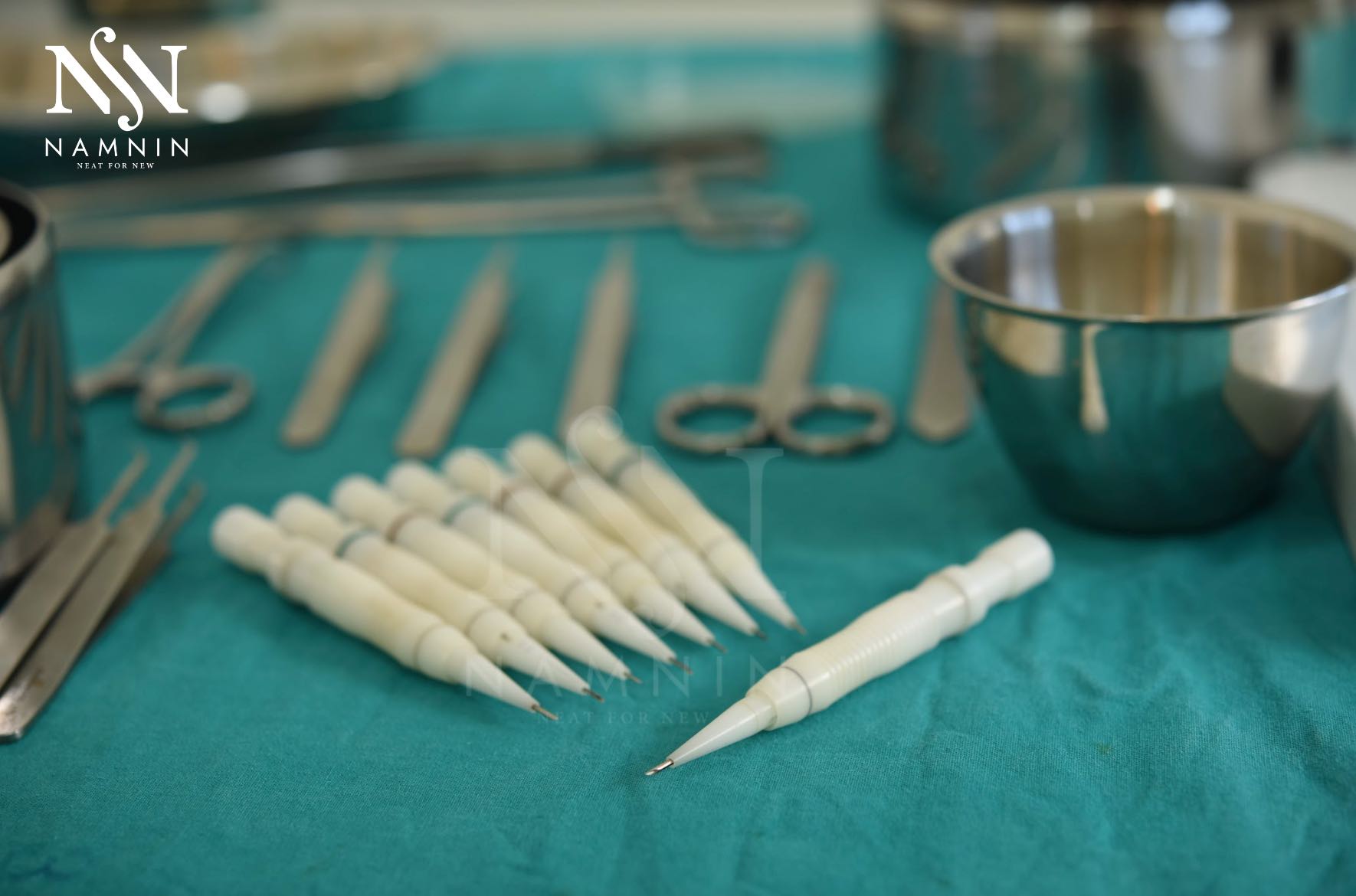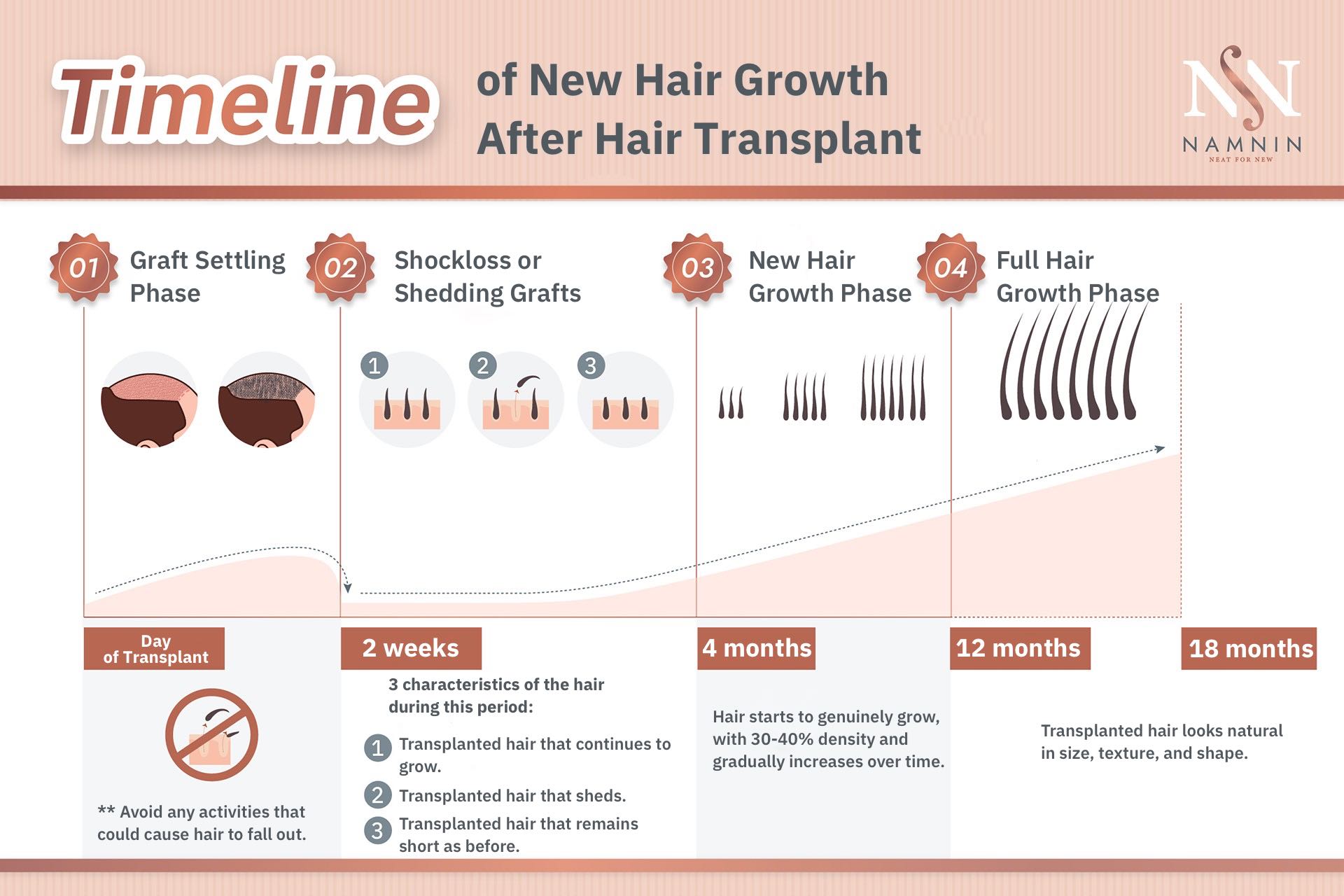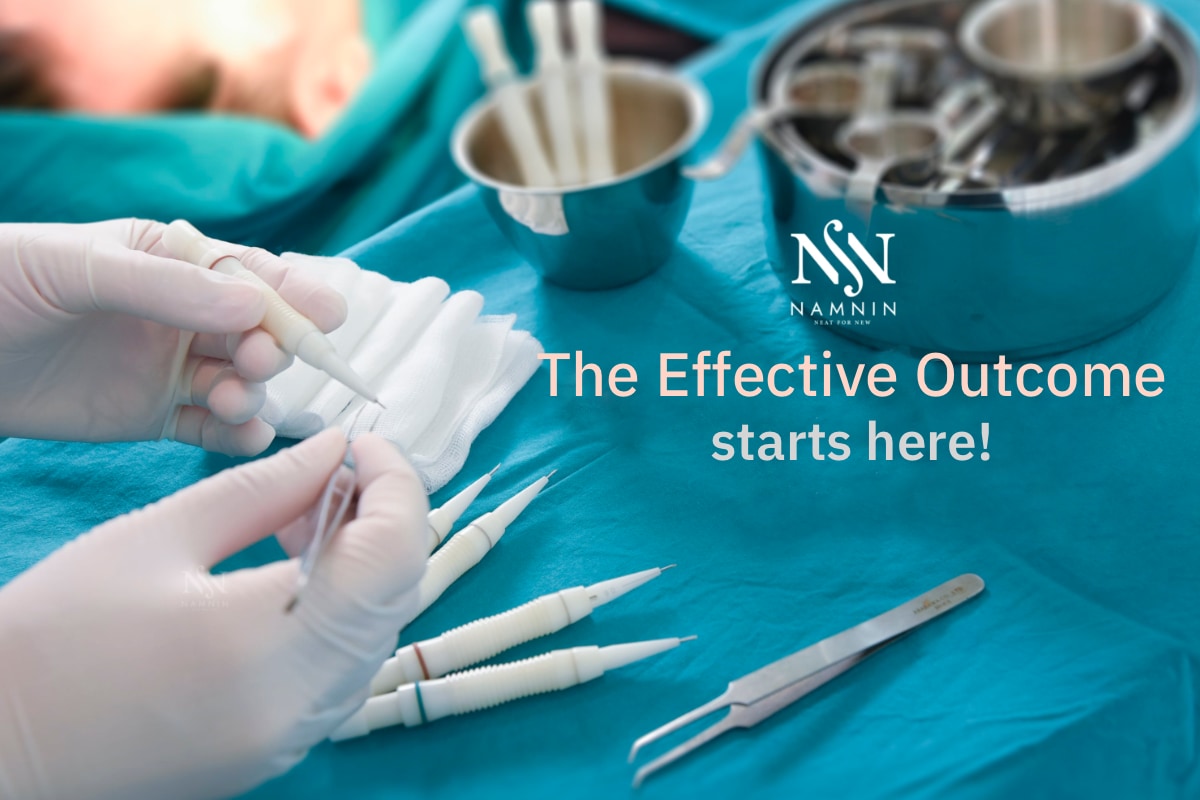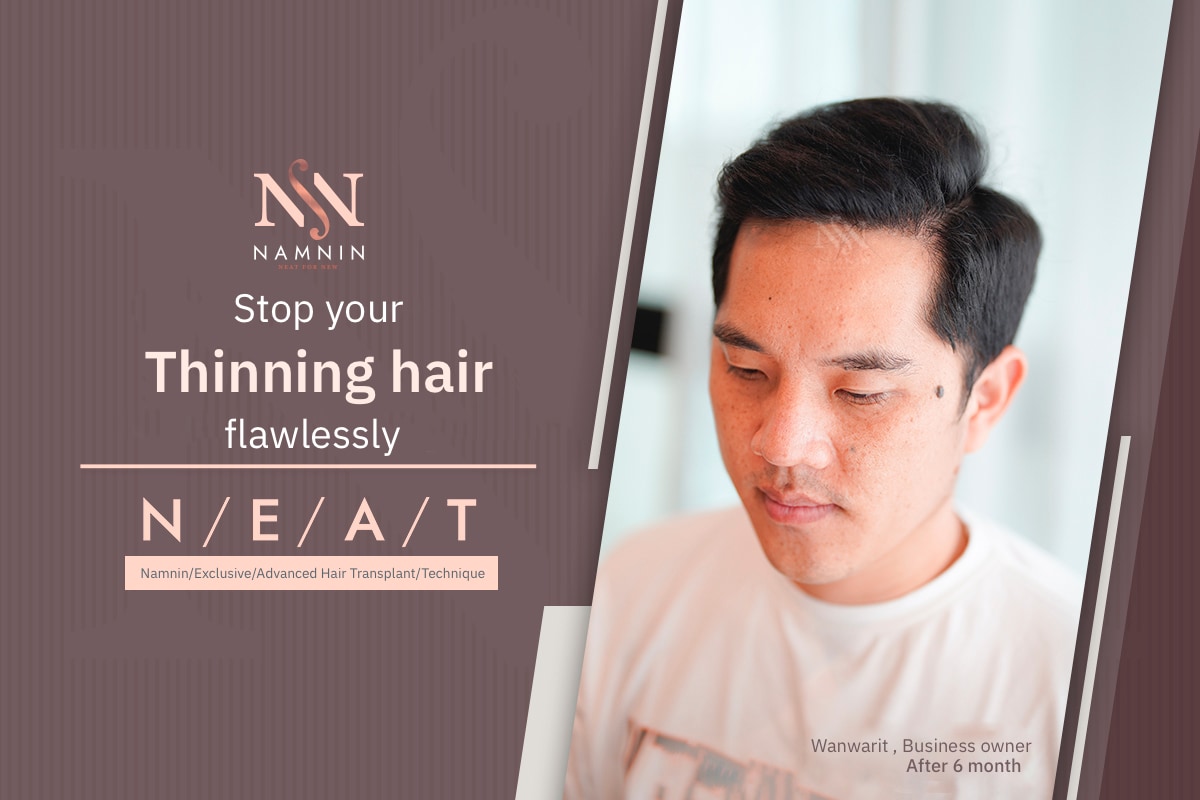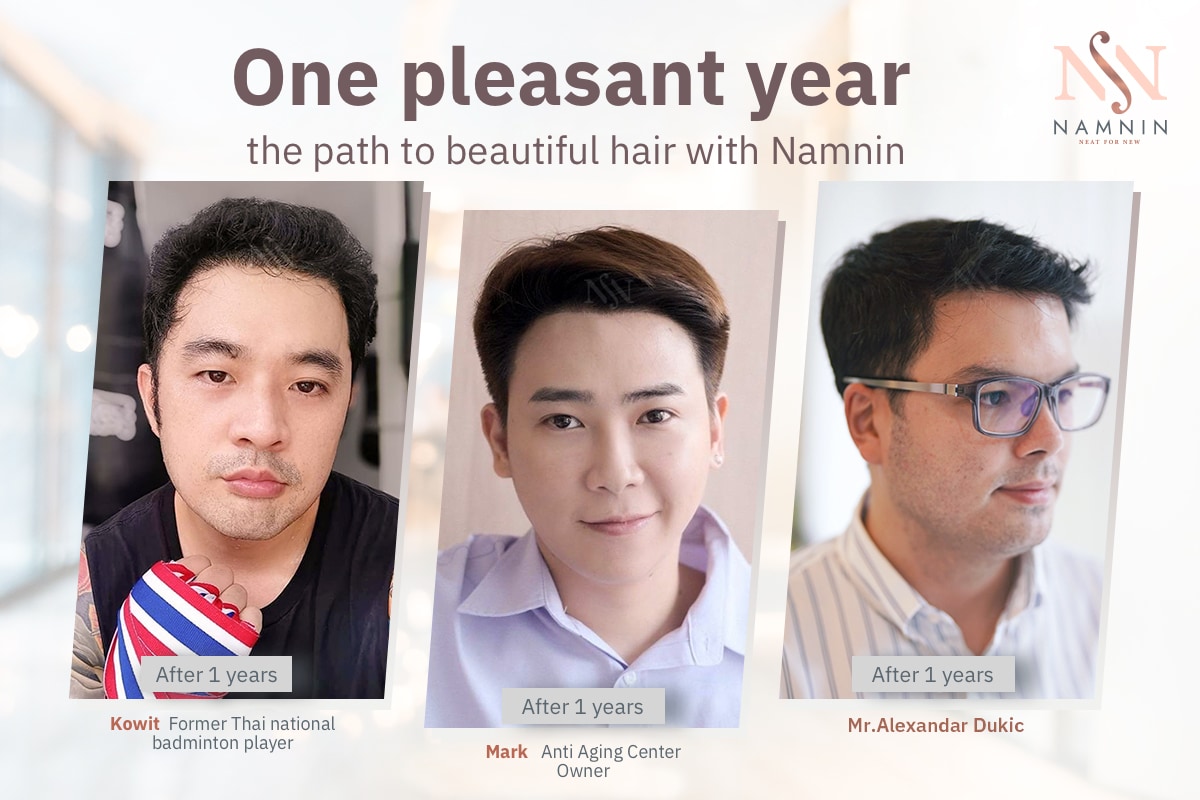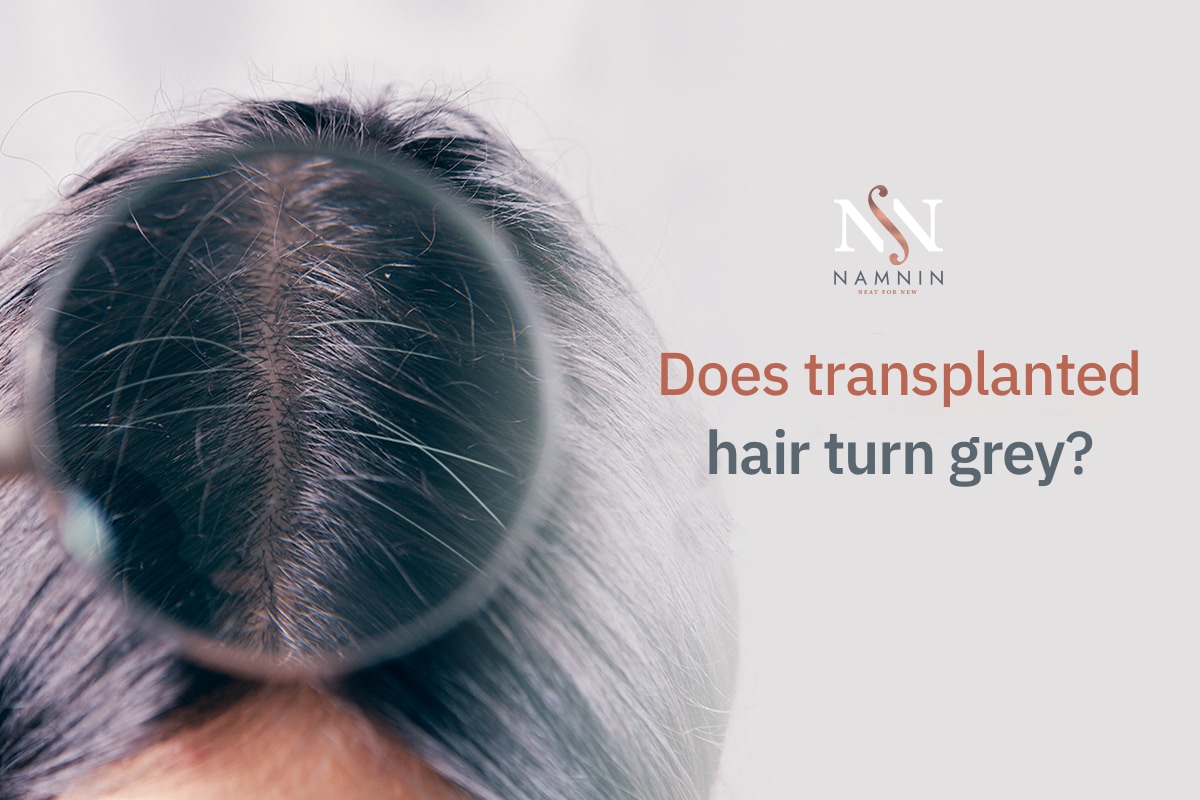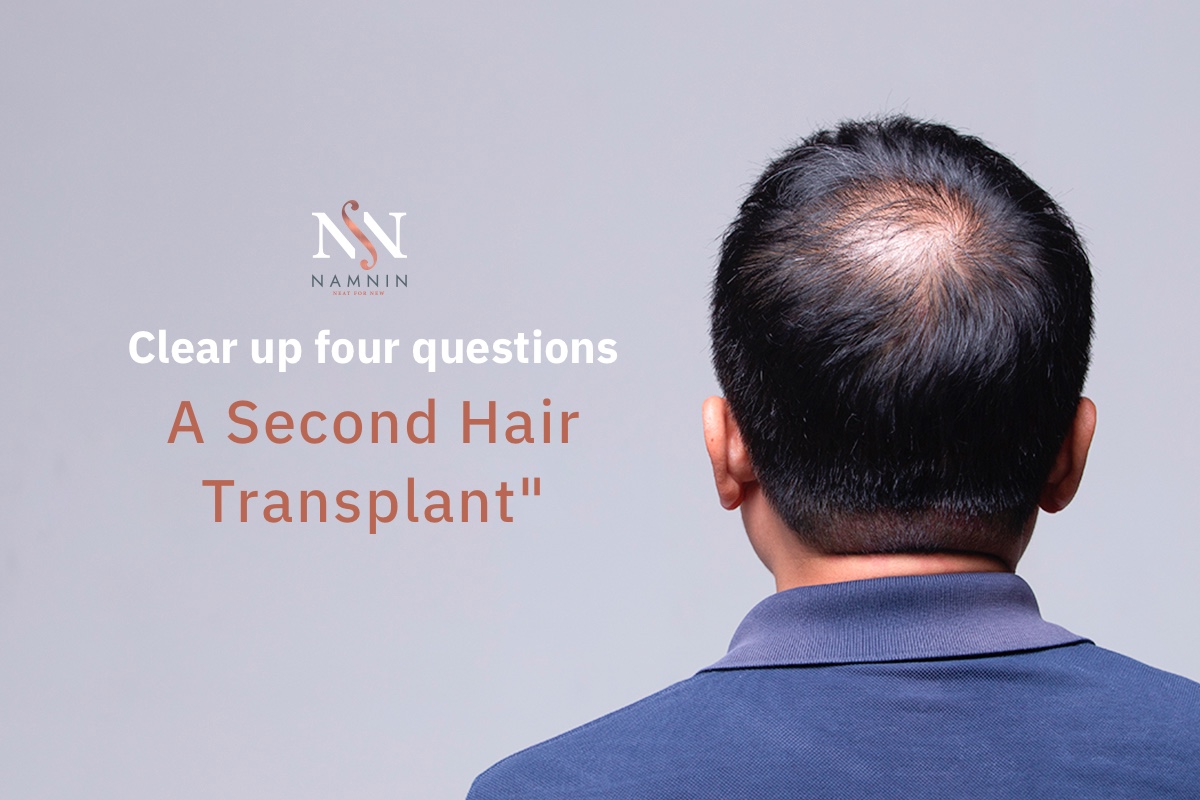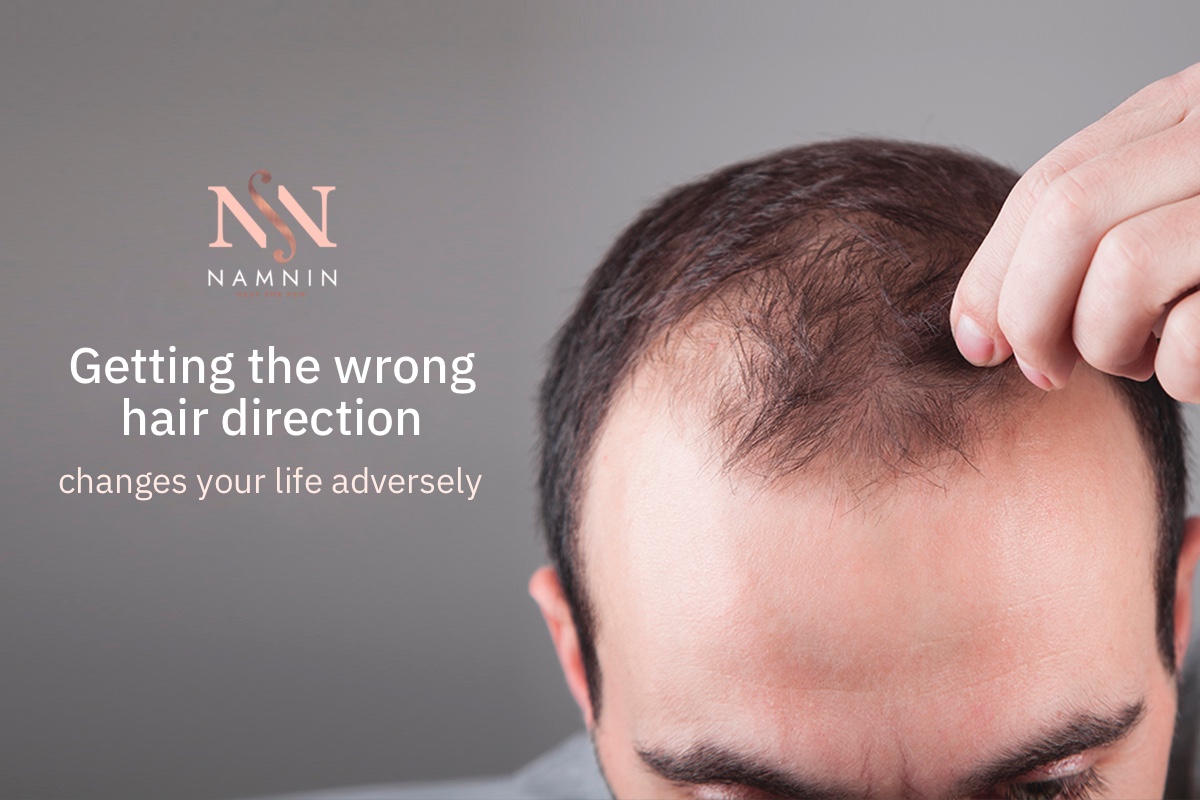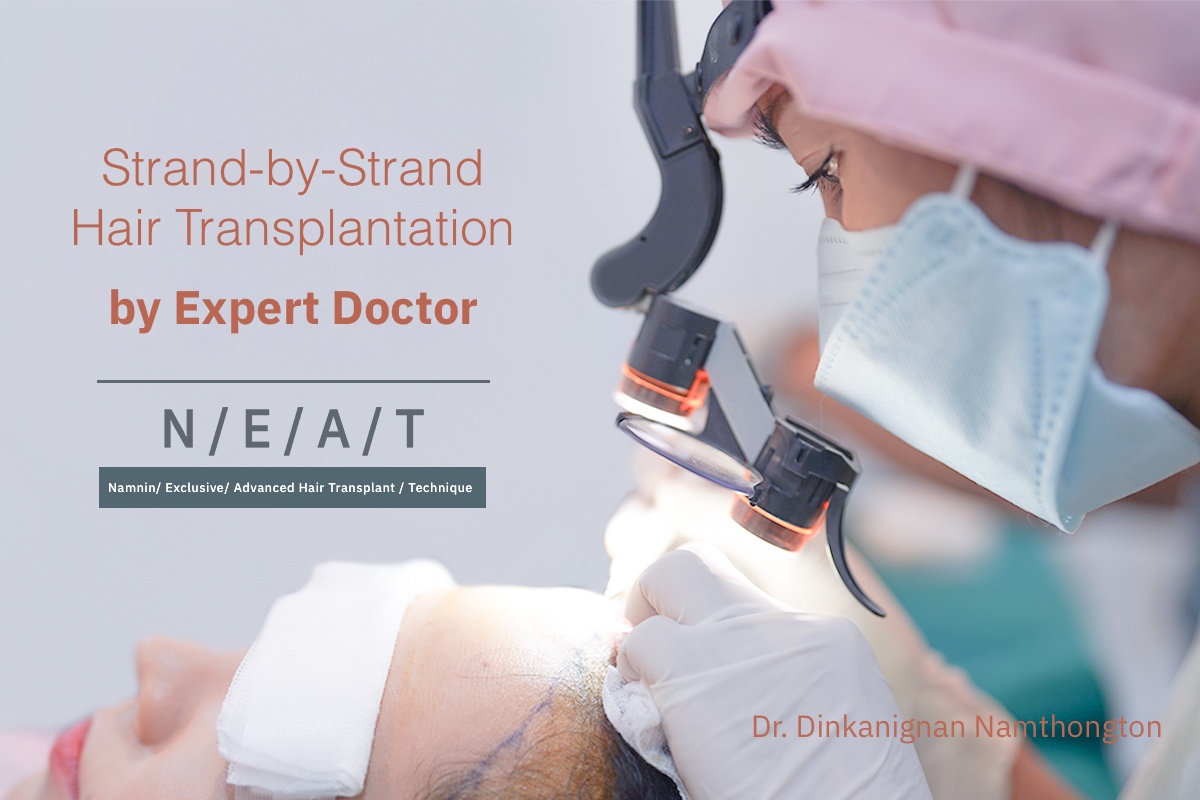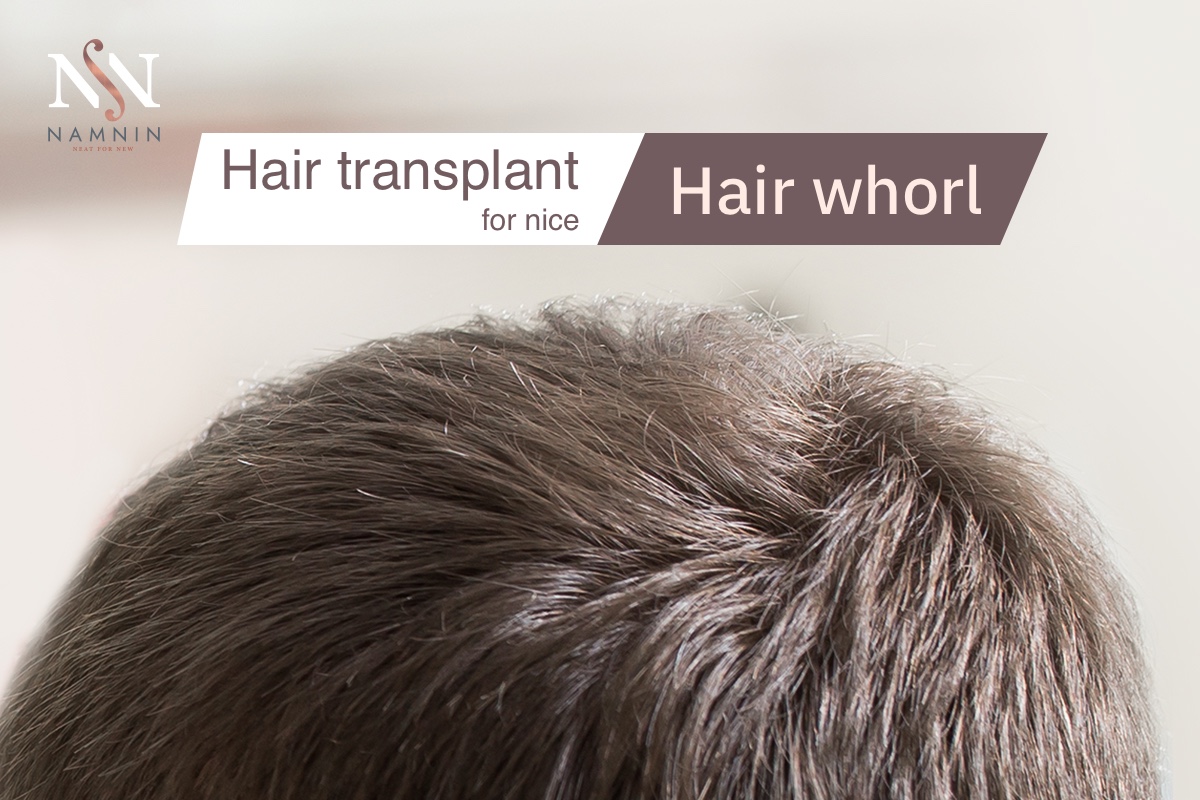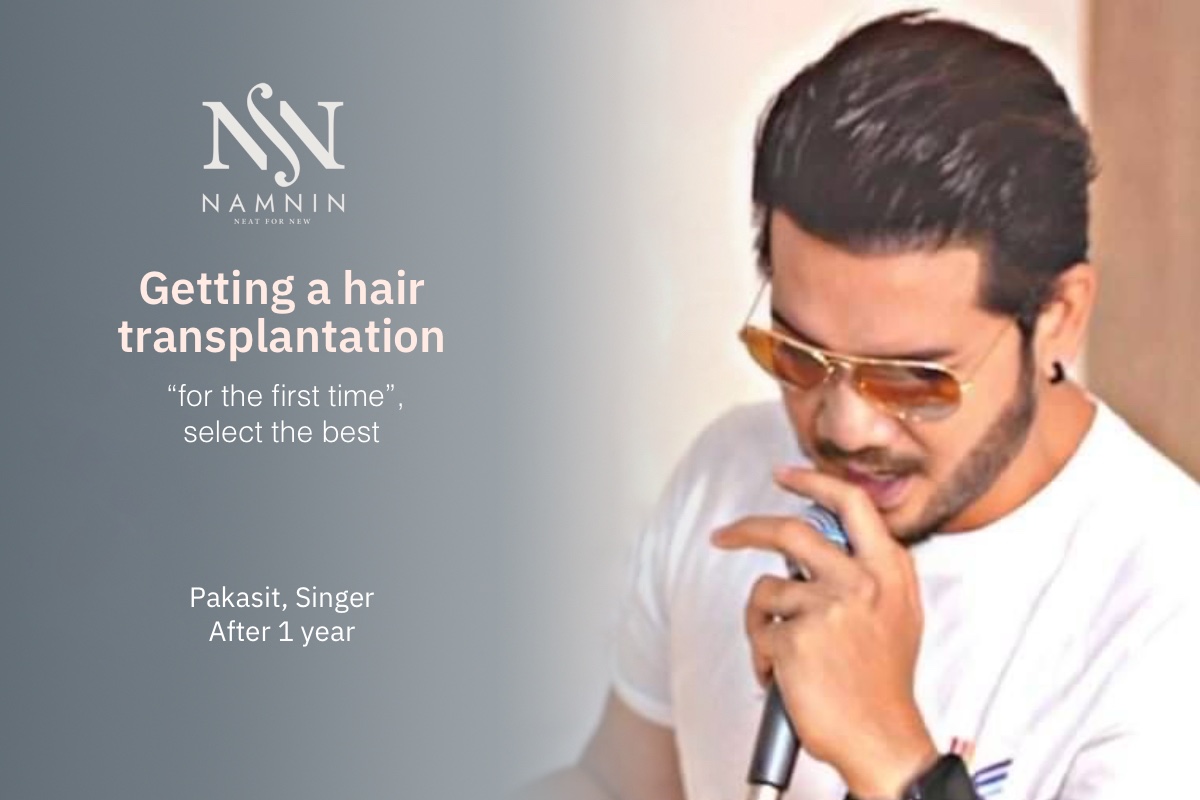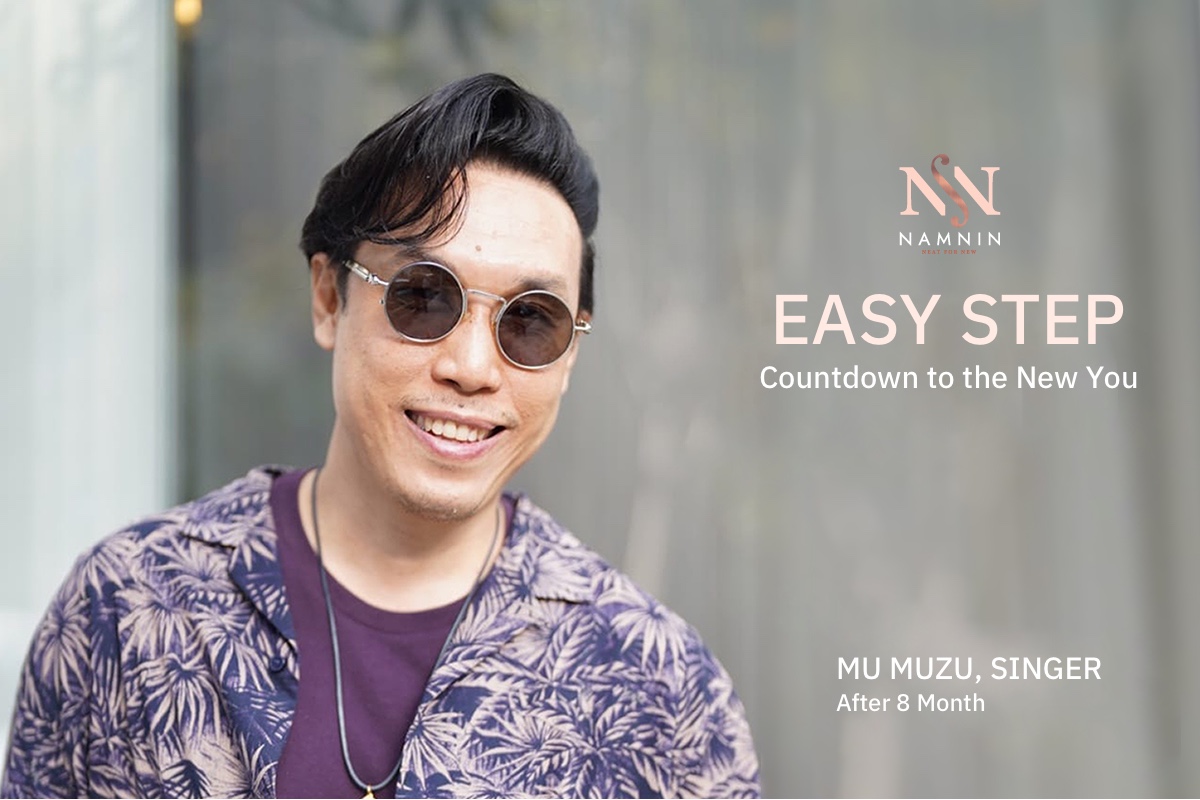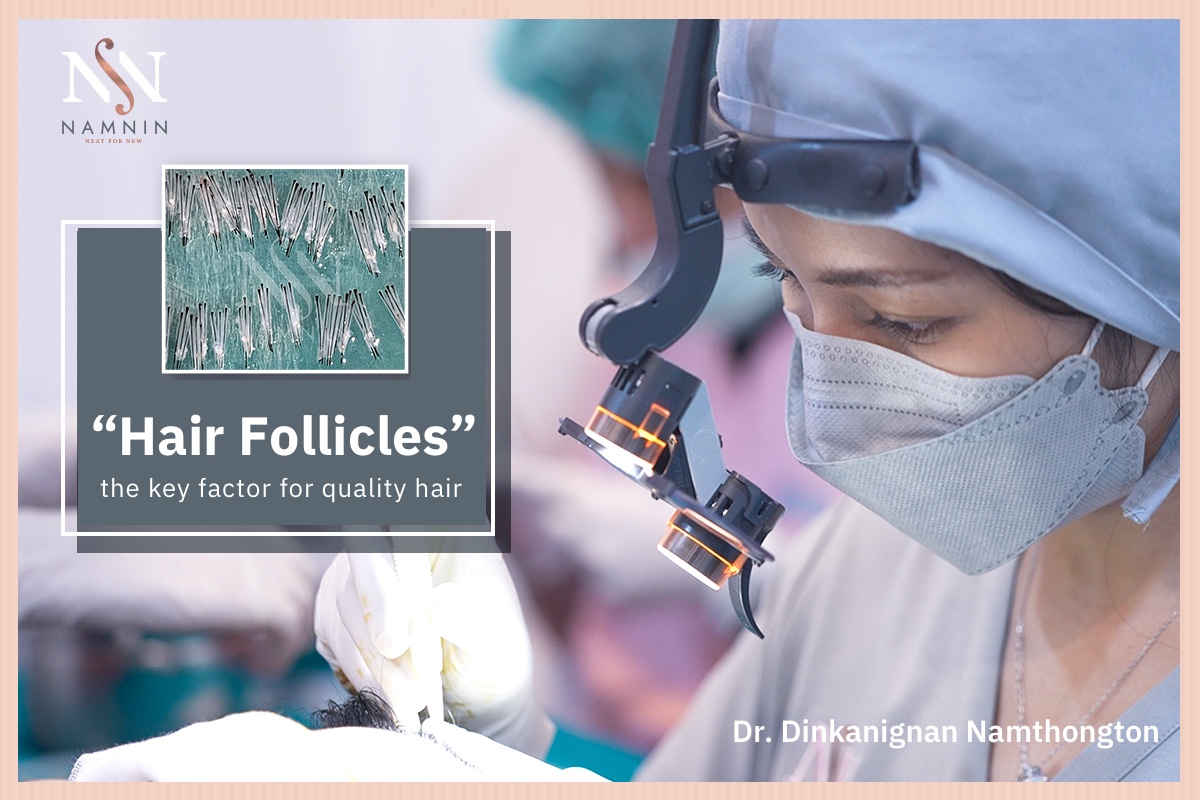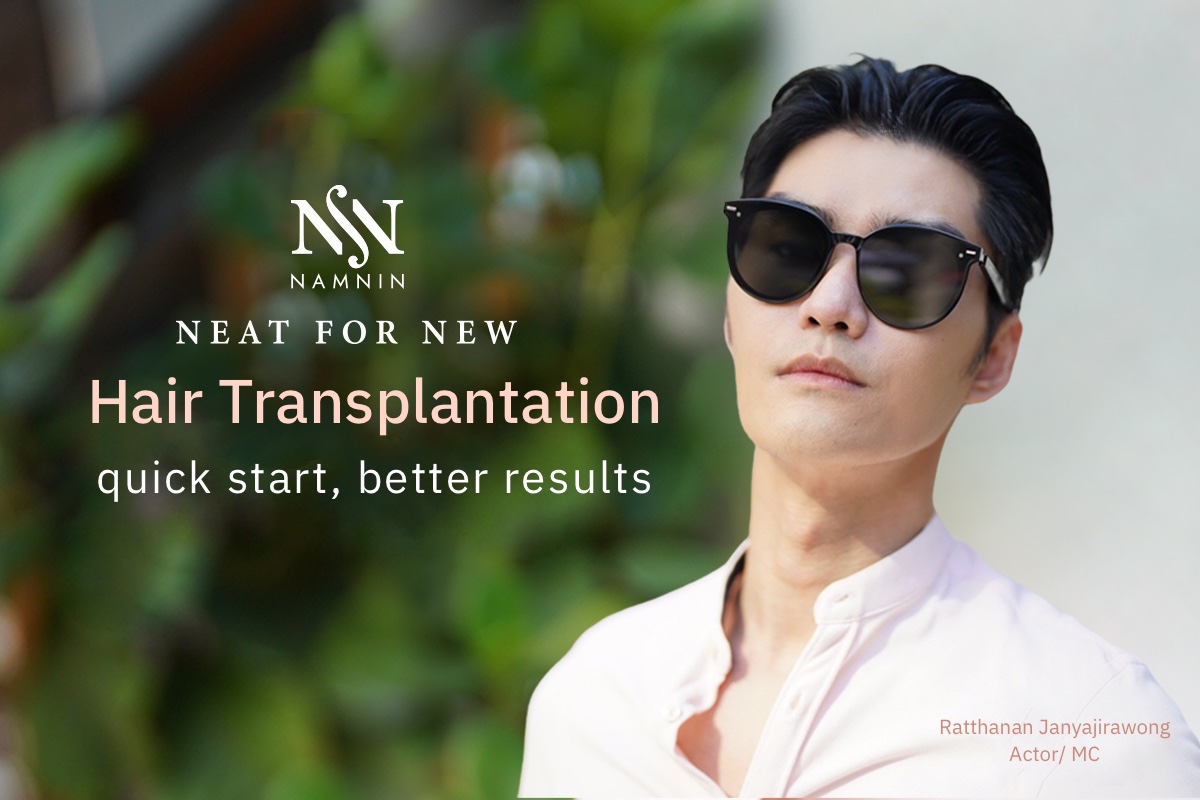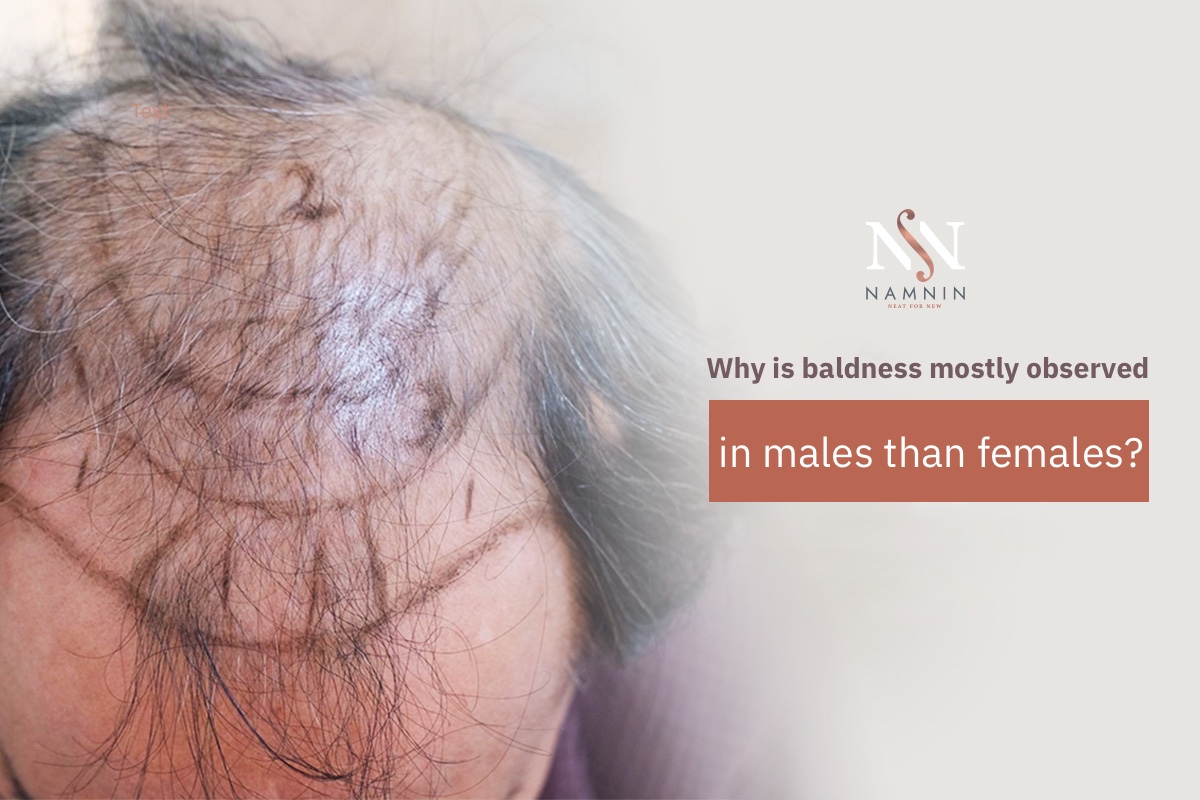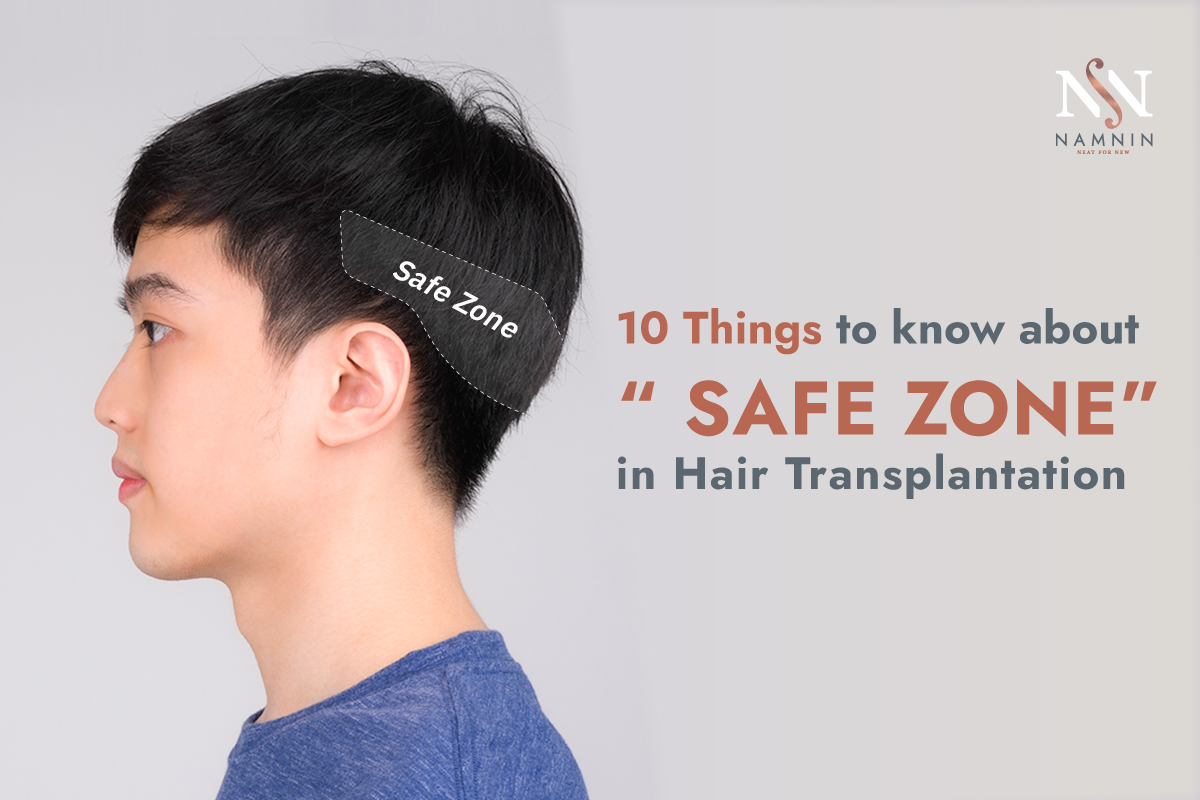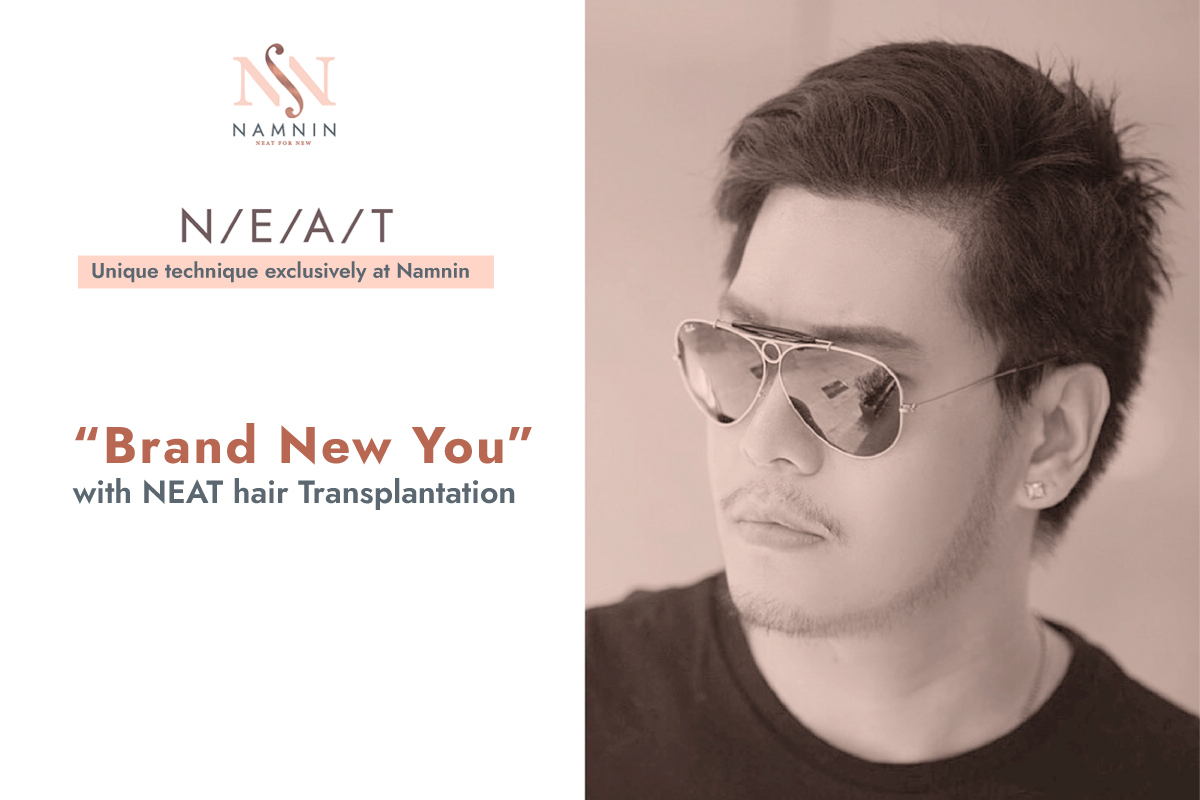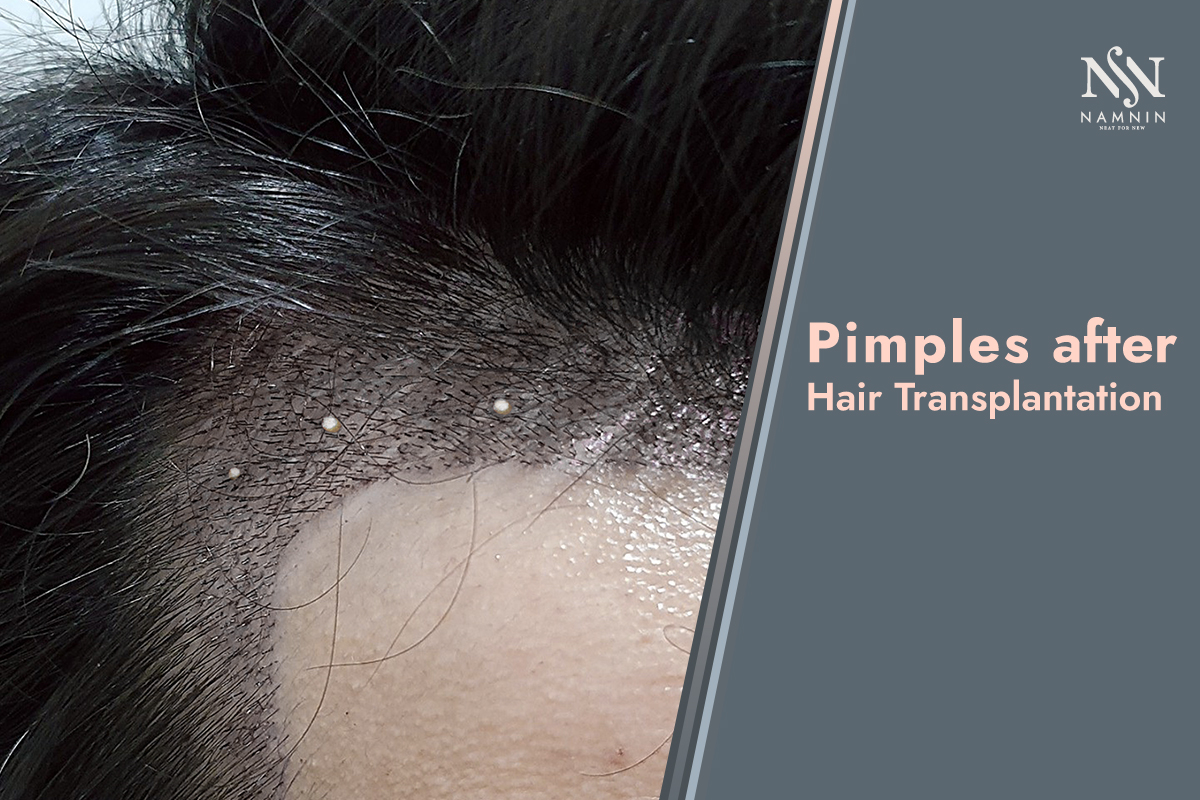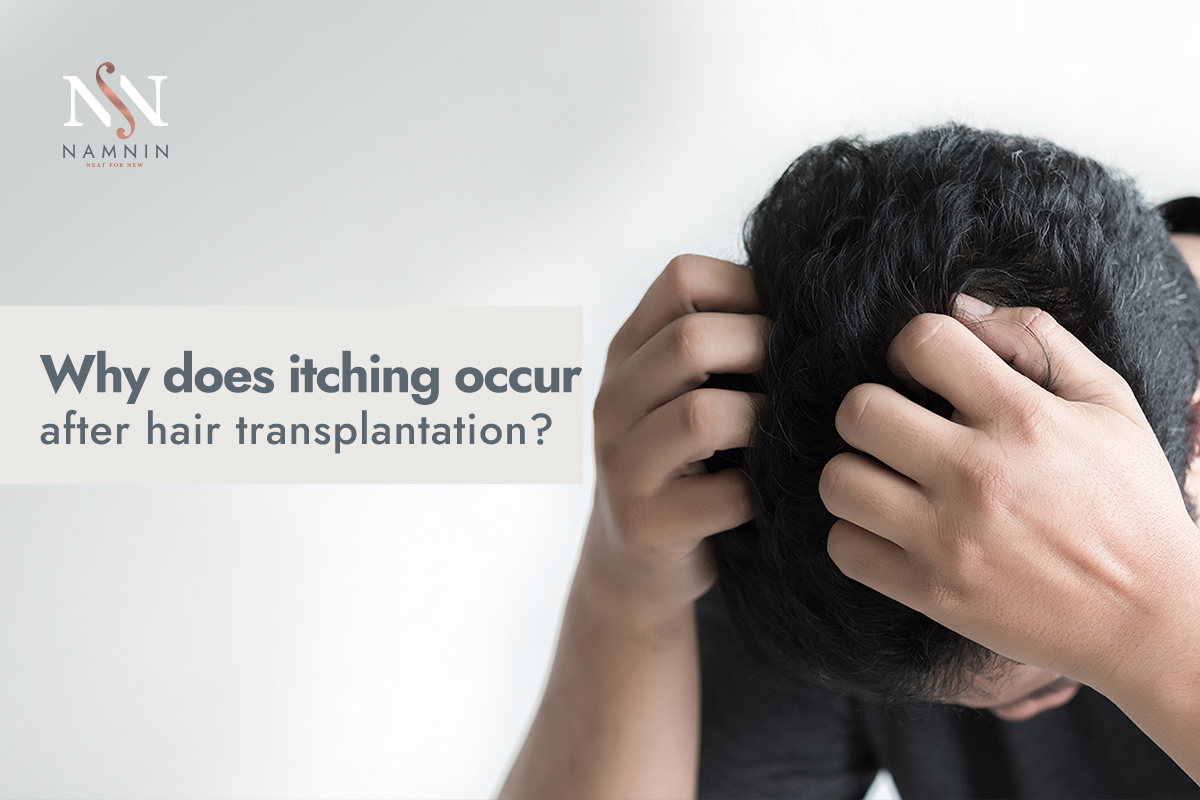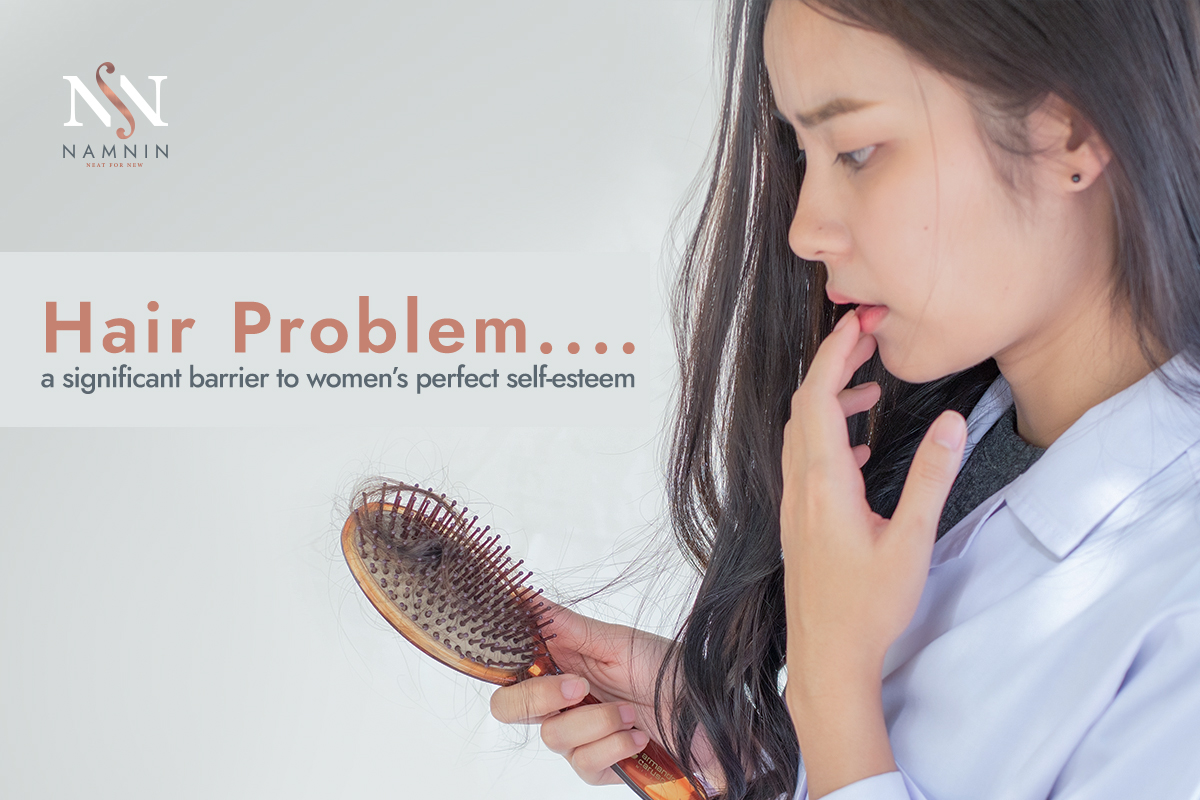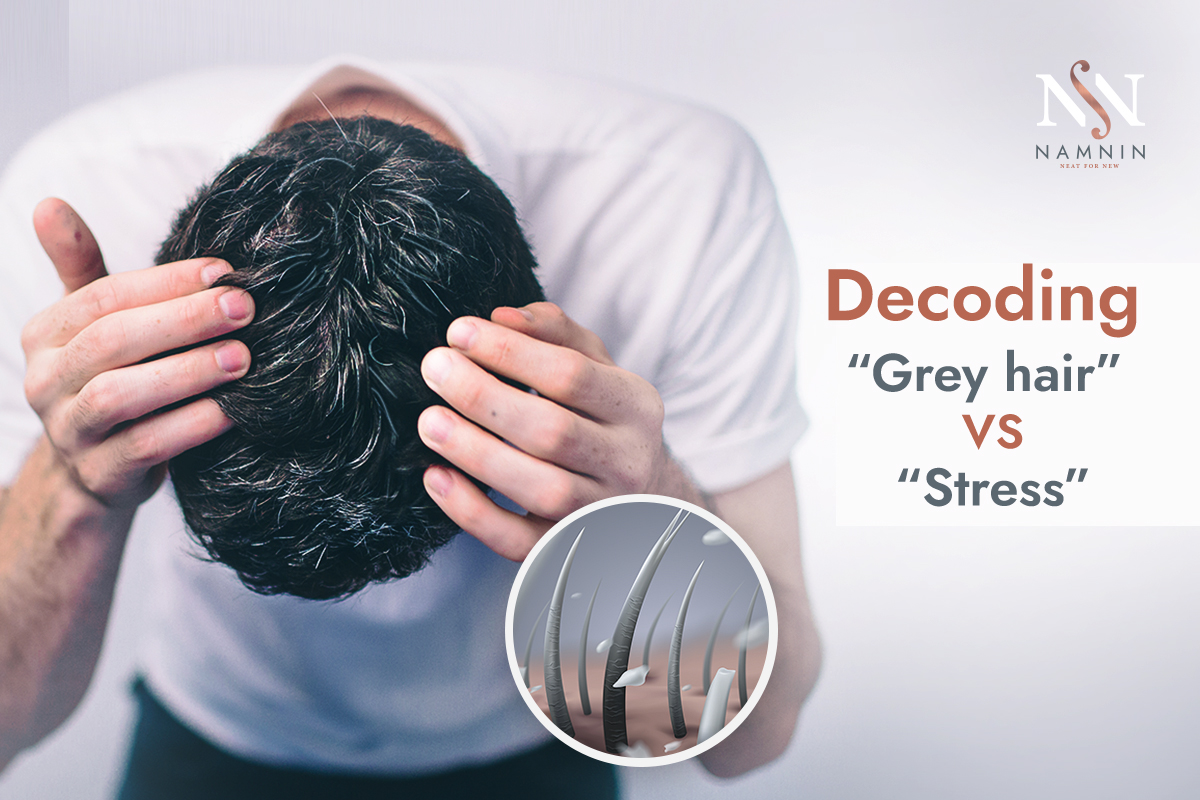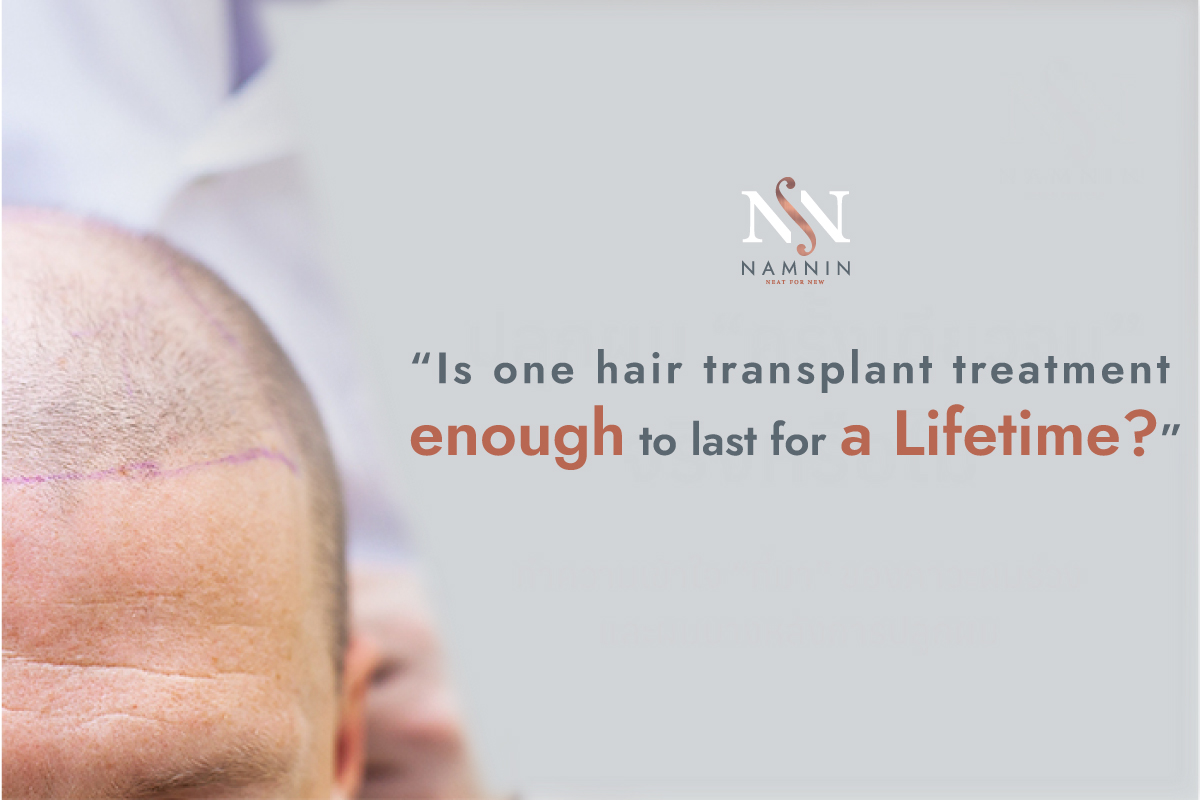Hair transplant techniques are constantly evolving. If you’ve ever researched hair transplant methods, you might have come across the "Long Hair" technique. This involves grafting hair follicles without cutting or shaving them, allowing the transplanted hair to appear naturally long immediately after the procedure, eliminating the months-long wait for hair to grow out.
Sounds fascinating, doesn’t it? That’s why Namnin Clinic frequently receives questions about the Long Hair technique—how it works, whether it’s effective, and if it’s worth considering. Today, we’ve gathered answers to help all hair lovers better understand this method and make informed decisions.
The Long Hair technique has gained popularity recently. How does it differ from traditional hair transplant methods? Let us explain!
In standard hair transplant techniques, hair grafts are extracted from the back of the scalp without surgery and transplanted to thinning areas. For this, two main approaches are used:
FUE (Follicular Unit Extraction): This involves using forceps or a sharp-tipped tool to extract and implant hair grafts into pre-made incisions.
DHI (Direct Hair Implantation): This uses an implanter pen to place hair grafts directly into the scalp. At Namnin, the NEAT technique, developed from DHI, ensures precise control over the direction, angle, depth, and density of each graft, creating an aesthetically pleasing hairline. The result is minimal scarring, a quick return to daily activities, and no need to worry about concealing the transplant marks.
So, how is the Long Hair technique different?
In fact, the Long Hair technique uses the same methods, whether with FUE or DHI, and that’s why you might see terms like Long Hair (FUE) or Long Hair (DHI). The key difference, as mentioned earlier, is that instead of short stubble-like grafts, the Long Hair technique transplants longer hair follicles, matching the patient’s existing hair length. This creates an instant natural appearance.
However, there is one unavoidable reality: the phenomenon known as "Shock Loss." About 1-3 months post-transplant, regardless of whether the technique is FUE, DHI, or Long Hair, transplanted hairs enter a resting phase and shed. At Namnin, our doctors always make sure patients understand that this is a normal part of the hair growth cycle. Afterward, new hair gradually grows in, reaching full strength and thickness around 18 months. So, while Long Hair offers immediate length after the procedure, these hairs will eventually shed and regrow, just like with other techniques.
It’s also important to note that Long Hair transplants are more complex, requiring greater skill for extraction and implantation, which can make the procedure more expensive. Additionally, newly transplanted long hair is more delicate and prone to dislodging before it takes root. Extra care is needed to avoid brushing, tangling, or accidentally pulling on the hair, as this could affect the final results.
This overview should give you a clearer understanding of the Long Hair transplant technique, helping you choose the most suitable and worthwhile method. If you have more questions, feel free to consult with a specialist early on to design a personalized treatment plan tailored to your hair restoration goals!

